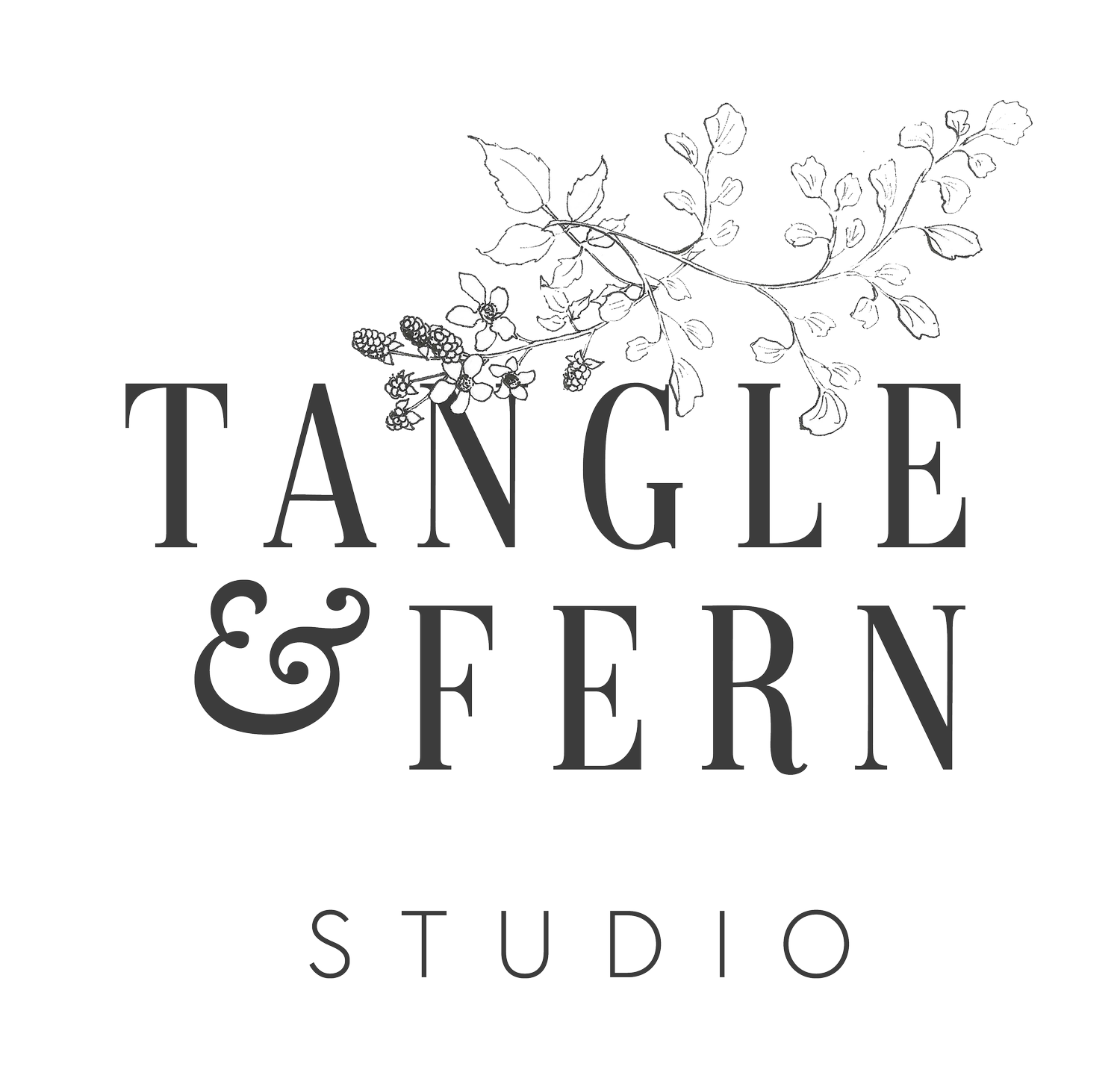
COURSE MENU
Links will become clickable as each new lesson is released.
Bonus Lesson: Good Writing
The 19th-century French author and playwright, Jules Renard, that “Writing is the best way to talk without being interrupted.”
Whether you are writing for your brand, your business, or your creative work, you need your readers to pay attention to what you have written. If they don’t choose to pay attention, what’s the point of writing? Remember, you are writing for a reason, and aiming to get closer to your ultimate goals.
If you write well, and write for your readers rather than for yourself, writing can indeed be the best way to get your message across – without interruption.
Do these things first
-

Priority #1: Set a goal
Do this one thing for every piece of writing you undertake (assuming it will be seen by someone other than you). This is relevant whether you are writing a blog post, a newsletter, a page of content on your website, a lesson in a course you’re creating, a recipe, even an email…
Identify your goal. Why are you writing this today? What do you hope to gain? And - most importantly - what do you want your readers to do?
Do you want them to buy from you? Do you want them to feel inspired or empowered? Do you want them to have a go and try something you are teaching them? Do you want them to tell a friend? Do you want to entertain them, to put a mile on their face, to move them to tears?
Don’t overlook the importance of articulating your goal for a piece of writing. If you can’t even tell yourself why you are writing something, or what you want it to mean to (and the feelings or actions you want it to inspire in) your readers, how motivated do you think you’ll remain to keep writing? How clear and non-waffly do you think your writing will be?
And why should your readers give you their time and attention, reading all the way from top to bottom, if you’re not even clear in your own head about why they should read it?
So, your actual activity is this:
At the top of every new piece of writing, finish this sentence: “I want to achieve ………………………, and I want people to ………………………” Use the sentence to set your intentions and help to keep you on track as you write. (Just remember to delete it before you hit publish or send).
-

Priority #2: Stay on-brand
Next, don’t forget your brand! You’ve already done a lot of work on understanding how to write in the voice of your brand. Now it’s time to put all that preparation into action.
Tone-of-voice
Always remember to write in your brand tone-of-voice. Remember when you chose your tone? We began this work in Lesson 4, and continued after the first break week, in Lesson 5.
If you can’t remember, you noted these down - and wrote some examples, on pages 6 and 7 of your Lexicon. (If you haven’t had time to do this exercise or create your Lexicon yet, work your way through the activities in Lesson 5).
Language principles
Don’t forget to apply your Language Principles. You articulated these on pages 3-5 of your Lexicon. These principles guide the content you create, and the way you write it.
As I said in this activity, once you get the hang of writing according to your Language Principles, they will become a bit of a game-changer, and you’ll watch the way your brand unfolds with a beautiful, unique voice that embodies everything you stand for, and is both recognisable and memorable.
Language protocols
Finally, don’t forget about your brand’s language protocols. These are the basics that you decided upon in Lesson 4, and you’ll find them on page 9 of your Lexicon.
Language protocols include things like spelling conventions, whether or not you use jargon, and how you write things like numbers and dates.
Action station
Actually more of a “tips and tricks” station, each of the tips below will help you improve your writing. Start with Priorities 1 and 2 above, and then work through this list. There’s not really a special order to them, they just all work together to help you create a piece of writing that is compelling, readable, and helps achieve your goals.






